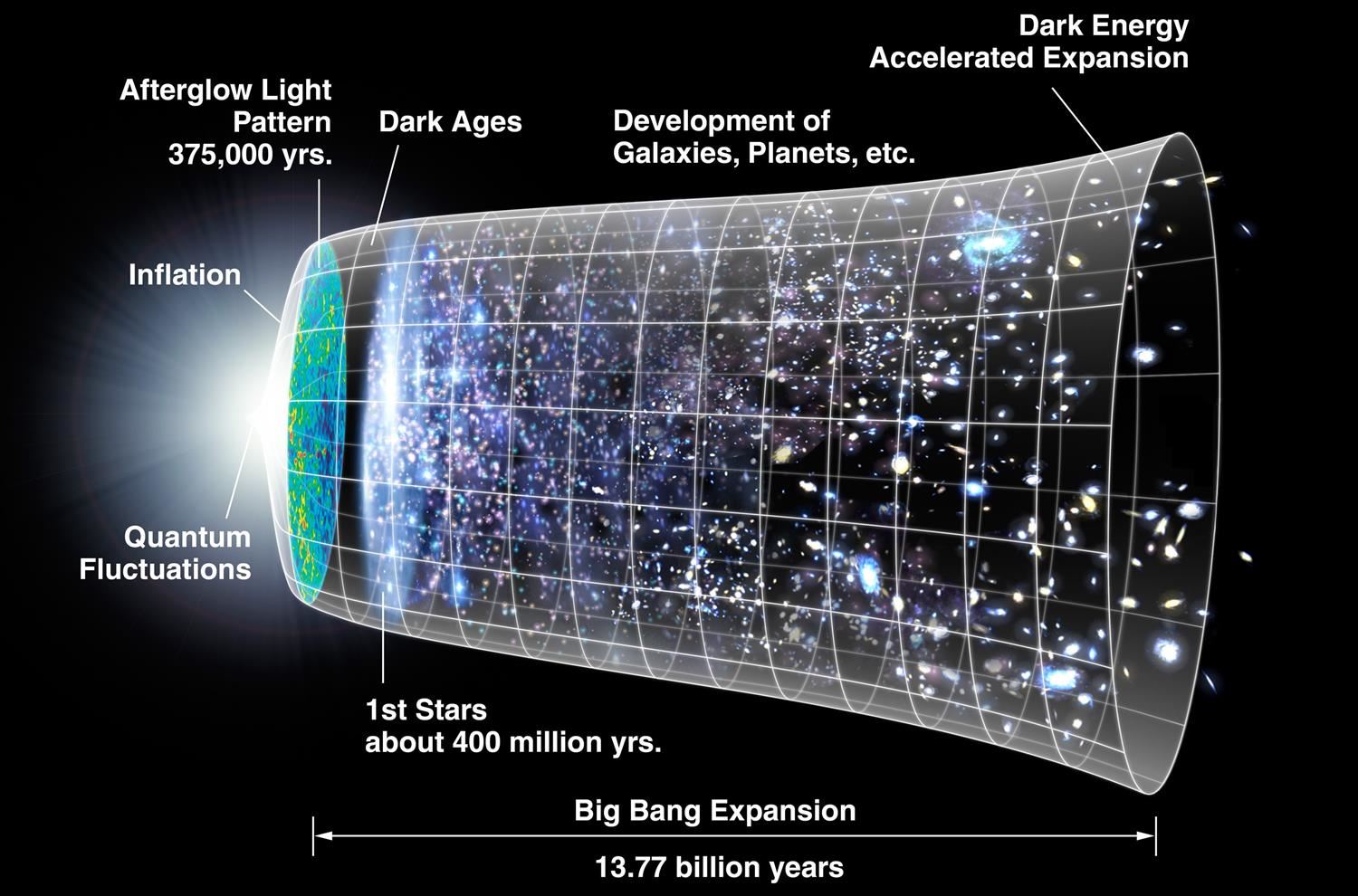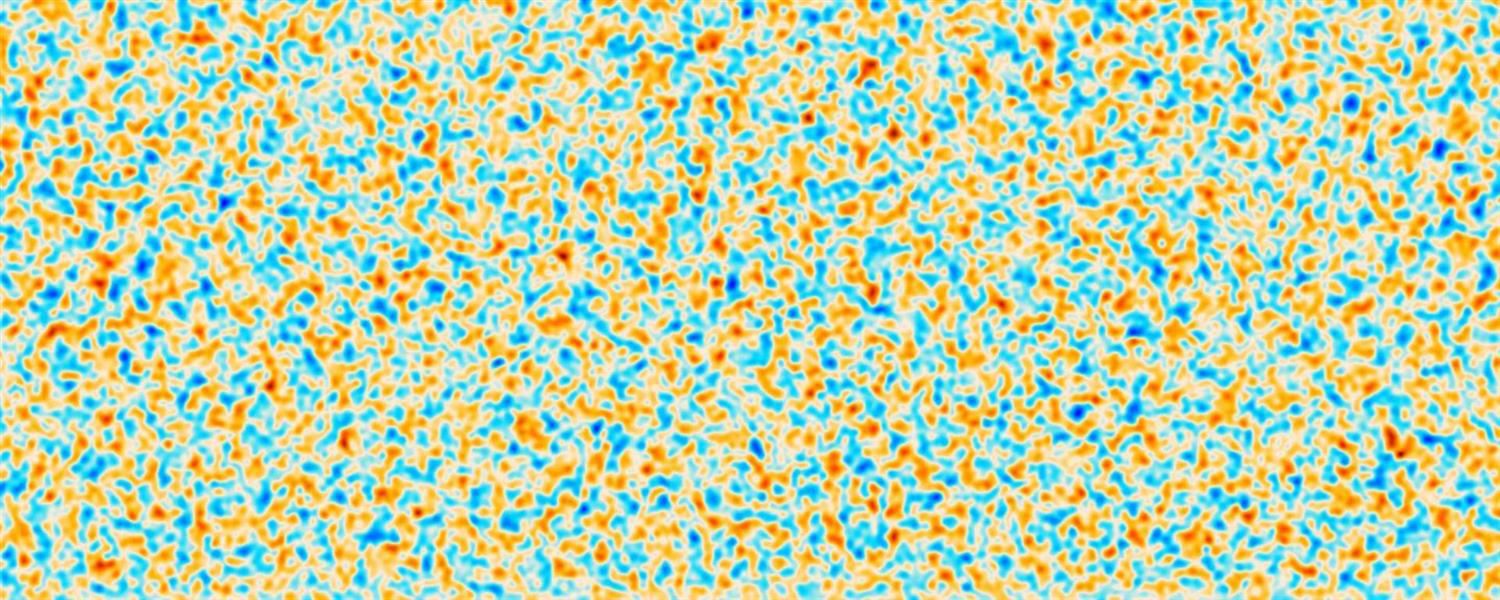-
Big Bang Nucleosynthesis!
Nucleosynthesis: the process where new atoms are created from nuclear particles (protons and neutrons)
While our bodies comprise about 60% water (H₂0),
hydrogen makes up approximately 10% of the human body by mass.
This means that 2/3 of every cup of water we drink was originally formed 13.8 Billion Years Ago during the initial cooling of the Big Bang!
You are partially made of some very ancient stuff!
Most all the Hydrogen in the universe was made shortly after the Big Bang!
Big Bang Nucleosynthesis
Big Bang Nucleosynthesis: the time shortly after the Big Bang when the first elements, like hydrogen and helium, were created.
The extremely hot, dense plasma cooled down, allowing atomic nuclei to form through nuclear fusion.The very first atoms in the universe were formed!
And we can see them form!
As we look deeper into space, we look at older and older light.
The further out in space we look, the older the light we see.
Looking out into space is like looking back in time!
We can look so far back in time that we see the beginning of the Universe!

Cosmic Microwave Background Radiation!
This was the first light in the Universe!
https://www.sci.news/astronomy/universe-age-cosmic-microwave-background-08651.html
It happened before stars ever existed!
Nucleosynthesis: If matter is being produced in a relatively cool universe, it would be mainly Hydrogen.
The universe consists of 74% Hydrogen and 26% Helium. This raises the question, "Where did all the Helium come from?"
The Big Bang can answer this question. The early universe had a very high temperature. There were no atoms; it was filled with photons, electrons, protons, and neutrons.
Protons are effectively stable. Neutrons are unstable and decay into protons with a half-life of about 10 minutes. Given enough energy, protons can become neutrons.
The number of protons and neutrons was about the same in the early universe. As the universe cooled, neutrons started to decay faster than they were being produced. Another consequence of cooling was that protons and neutrons could fuse to become isotopes of Hydrogen and helium.
This fusion process is called Big Bang Nucleosynthesis. It explains the relative abundance of Helium in the universe.
It is seen as very good evidence supporting the Big Bang Theory.https://www.energy.gov/science/doe-explainsnucleosynthesis
Please finish the Edpuzzles:
Edpuzzle: How Did the First Atoms Form?
Edpuzzle: Cosmic Microwave Background Radiation
Make sure to write the questions and take notes in your journals!

